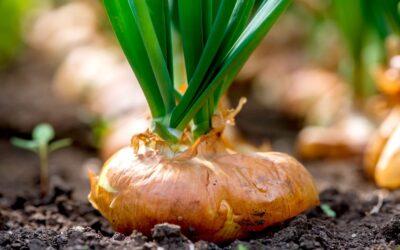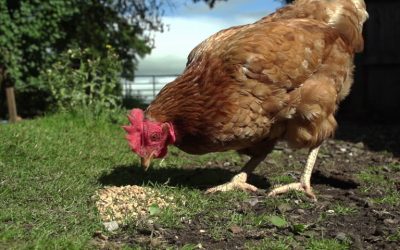Common diseases and their treatment.

Among the pests that affect onion farming, thrips is the most destructive pest. Its wings are shaped like coconut leaves and are brown in color.
Mature onion thrips and their nymphs scratch the surface of the eaves and suck plant fluid. White patches can be seen on leaves infected by thrips and they dry out gradually.
A mixture of 2 ml Malathion 50 EC and 1 litre of water should be sprayed on the infected plants to control thrips. After spraying Malathion, onion bulbs and leaves should not be consumed for at least a week.
Downy Mildew is one of the most common diseases in onions. This disease is mostly seen in winter seasons during mildly hot or highly humid days.
Downy Mildew is transmitted through the infected plants, bulbs or, soil. If plants are infected by this disease, they stop growing and white fungus is seen on the leaves which turn the leaves yellow and the plants die.
For the prevention of Downy Mildew, onion bulbs should be selected from disease free areas and there should be proper water drainage system on the field.
For the prevention of Downy Mildew, a mixture of 2 gram Dithane M-45 and 1 litre water should be sprayed on the seedlings. The mixture should be sprayed thrice in an interval of 10 days but only after 20 days of seedling transplantation.
Black Smut disease is another major disease in onions. Black Smut disease transmits from infected onion plants and their bulbs and opaque black dots and lines appear on the leaves.
Black Smut disease is seen mostly during winter. Black dust is seen in areas covered by black dots. For the prevention of this disease onions should not be planted regularly for more than four years in the same field and crop rotation should be done. If an infected plant is found, it should be picked and destroyed by burning. Only treated seeds should be used for onion cultivation. For the treatment of seeds Captan or Thiran should be used.
Purple blotch disease is another major disease seen in onions. This disease is caused by fungus and is considered very deadly. Up to 25 per cent production decreases if plants are infected by this disease.
Plants infected by Purple blotch have small, water soaked type of marks which later turn into brown color. Those marks develop slowly and turn into light-purple colored circular shapes. This disease stays in the seed for a long time. Proper water drainage system and use of treated seeds helps to prevent this disease.
Likewise, 3 grams of Blitox should be mixed in 1 litre of water and sprayed in an interval of ten days as soon as the disease is spotted.

